Warriors get physical, wear down Cavaliers to grab 3-1 Finals lead
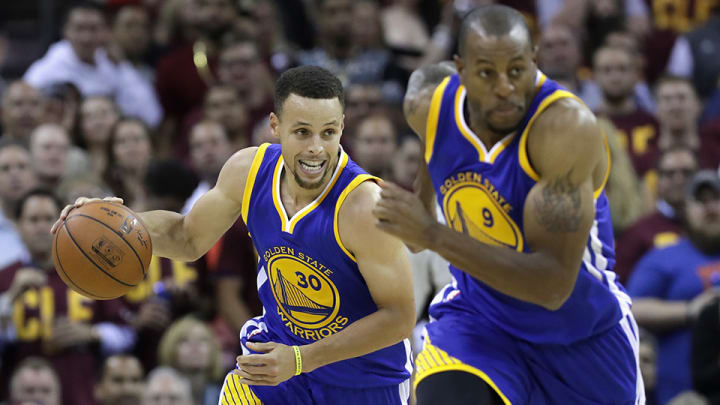
Your teams. Your favorite writers. Wherever you want them. Personalize SI with our new App. Install on iOS or Android.
Any pretense of finesse fell away in the second half of Game 4. Screens were set as shoves, while off-ball defense devolved into desperate holds. Players on both sides got their bumps and elbows in during the space between plays—none of which was whistled as an actual infraction. Those bits that were called for fouls seemed incidental by comparison. What, after all, is the harm of a rip-through when so many of the possessions prior ended in casual mauling?
It was during this stretch—the most aggressive and heated of the series by far—that the Warriors made meaningful separation. A grabby game plays into Golden State’s switching, ball-hawking defense. Even potential mismatches are a bit more manageable when anything goes; hand-checks, slaps at the ball, and physical contests can equalize situations that might otherwise prove dangerous.
Splash Brothers heat up, Warriors pull away: Finals Game 4 highlights
Despite their typecasting as a jump-shooting outfit, these Warriors are aggressors. They will play as ferociously as they’re allowed and win more and more possessions the further the line is pushed. Opponents, by and large, will not out-shoot them nor out-pass them. If the Warriors are allowed to scrap their way through possessions as well, they’ll likely stand as victors—as was the case in their 108–97 win over the Cavs in Game 4 of the NBA Finals.
Cleveland seemed to suffer once every possession became wearying. Sapped players tend to take their time getting downcourt and tired legs don’t work as well off the ball. In tandem, those factors undercut what had been a smooth, well-meaning offense in the first half, leaving behind an iso-driven mess in its place. The Cavs didn’t enter this game looking to play one-on-one basketball. It simply became the easiest option once things tightened up in the second half. Kyrie Irving danced, LeBron James drove directly into the defense, and an all-too-familiar recipe for defeat began to take shape.
• MORE NBA:Warriors bury Cavs from deep | Green, LeBron get in scuffle
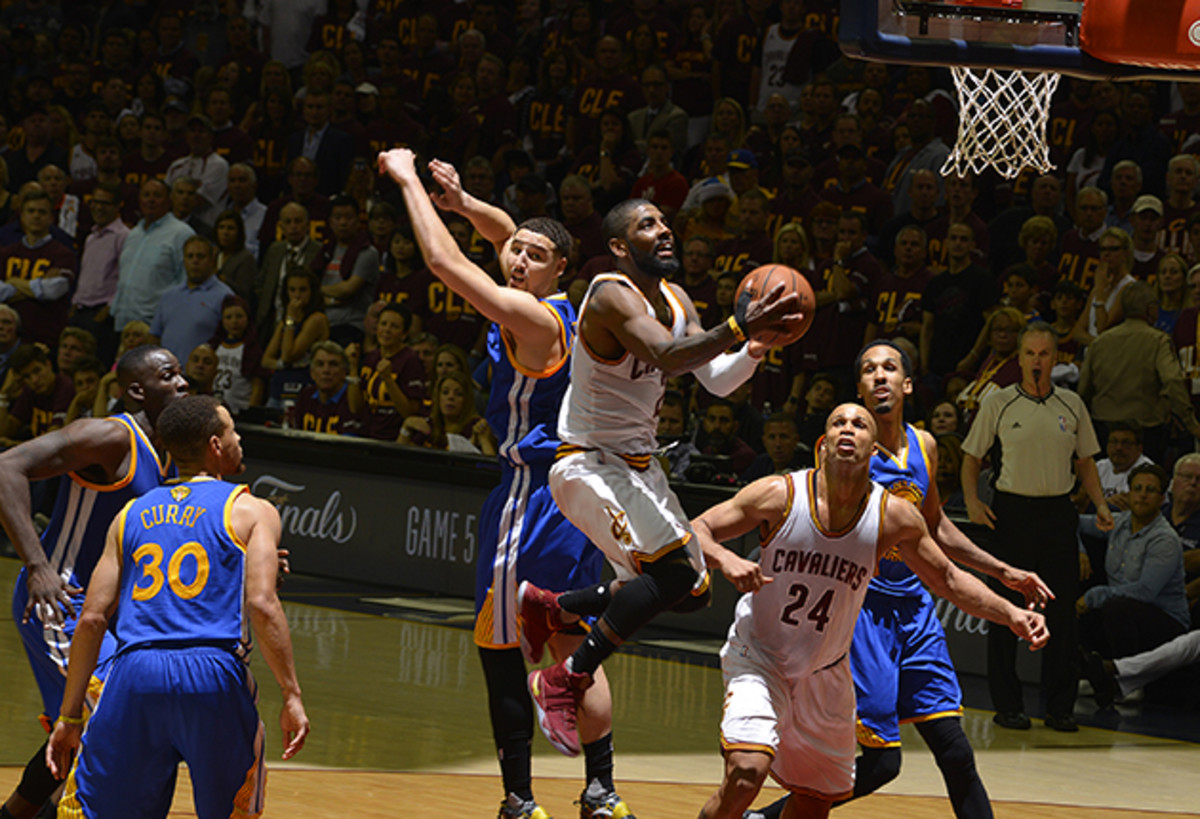
Golden State’s defense might not get enough credit for that specific encouragement. The harder an opponent works, the more easily they can talk themselves into attacking one defender in a straight, predictable line as being a good source of offense. It rarely is. Even in those cases when opponents can take advantage of a switch, the Warriors tend to trade three points for two (as they did in hitting a Finals record 17 shots from long range) and boost their efficiency by forcing turnovers along the way. Their very architecture is made to withstand direct assault.
Credit for that is shared across the board, though a disproportionate amount is due to Draymond Green and Andre Iguodala. Both embody a form of defense that is somehow as furious as it is logical; they spend possessions flying around the floor and landing precisely where they mean to, often just in time to prevent a shot from going up or taking away the cleanest angle. Their rugged, thankless work at the peak of Game 4 distinguished the Warriors from their quality competition.
It was then that Stephen Curry (38 points, 7 of 13 3FG, six assists) and Klay Thompson (25 points, 4 of 9 3FG) stepped in to settle the game and, likely, the series. Those two combined for the lion’s share of the Warriors’ third-quarter offense and many of the game’s gutsiest plays. Cleveland leveraged the lax officiating in much the same way Golden State did. It hardly mattered; Curry was still able to fight his way into open threes and Thompson played the Cavs’ overly aggressive pursuit against them. Any razzle dazzle was kept to a reasonable minimum for the sake of high-functioning offense: smart passes out of pick-and-rolls, resourceful cuts to scramble the defense, and opportunistic passing.
Photos of every 3–1 comeback in NBA playoff history
NBA Playoff 3-1 Comebacks
2016 NBA Finals — Cleveland Cavaliers over Golden State Warriors
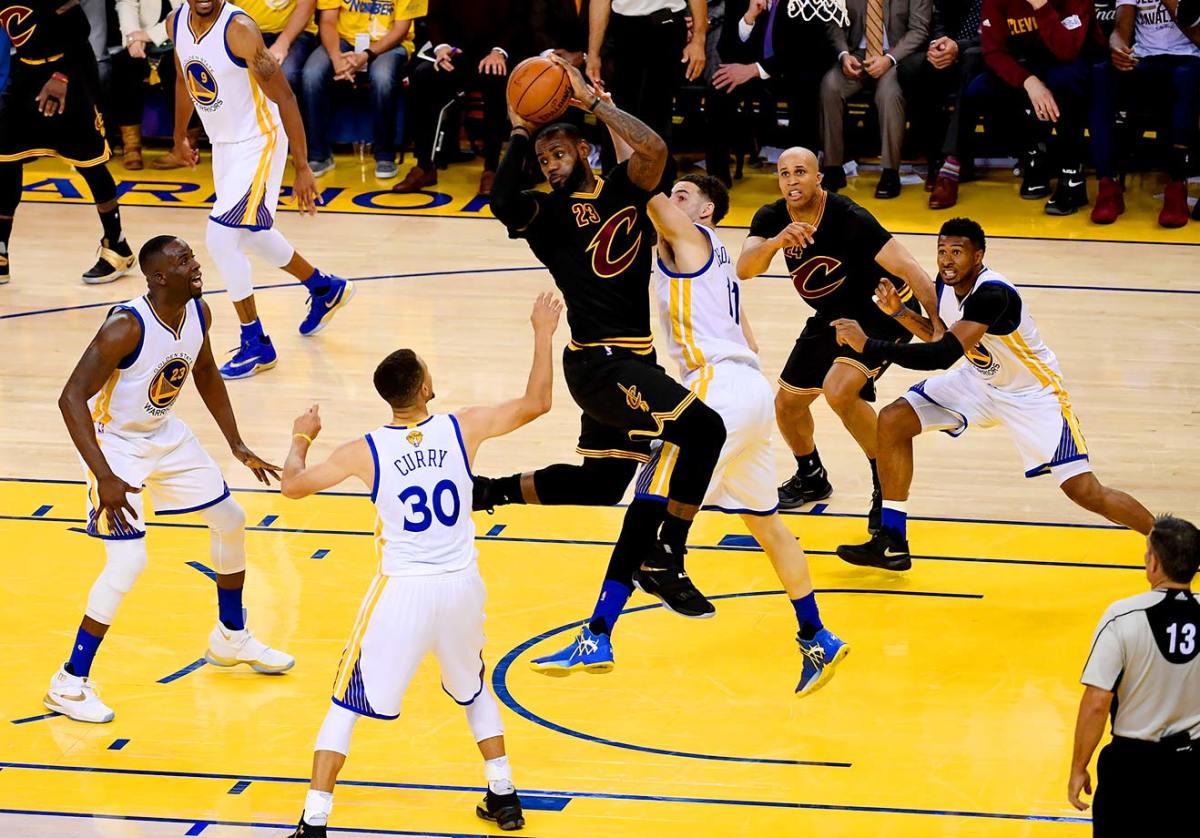
It may have been the 11th 3-1 series comeback in NBA playoff history, but the Cavaliers became the first team to rally from a 3-1 deficit in the NBA Finals after beating the defending champion Golden State Warriors 93-89. Playing his sixth straight finals, LeBron James almost single-handedly carried the Cleveland back into this series and finished with 27 points, 11 assists and 11 rebounds as the Cavs gave their city its first major sports winner since the Browns won the NFL title in 1964. He also had three blocked shots, including a key one of Andre Iguodala on a fast break in the final minutes.
2016 Western Conference Finals — Golden State Warriors over Oklahoma City Thunder
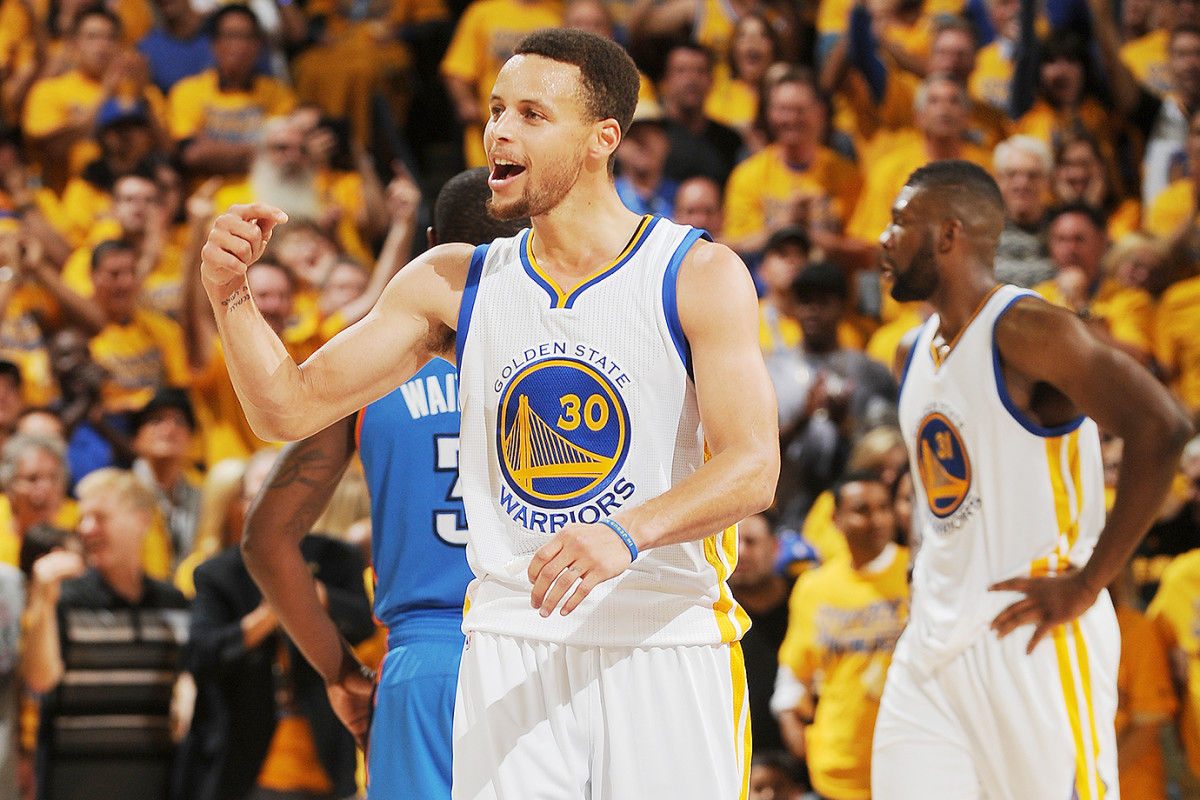
The Golden State Warriors, fresh off their record 73-win season, rallied to topple Kevin Durant and the Oklahoma City Thunder in a 96–88 Game 7 classic. Led by their backcourt duo Stephen Curry and Klay Thompson, the Warriors can win their third-ever NBA title.
2015 Western Conference Semifinals — Houston Rockets over Los Angeles Clippers
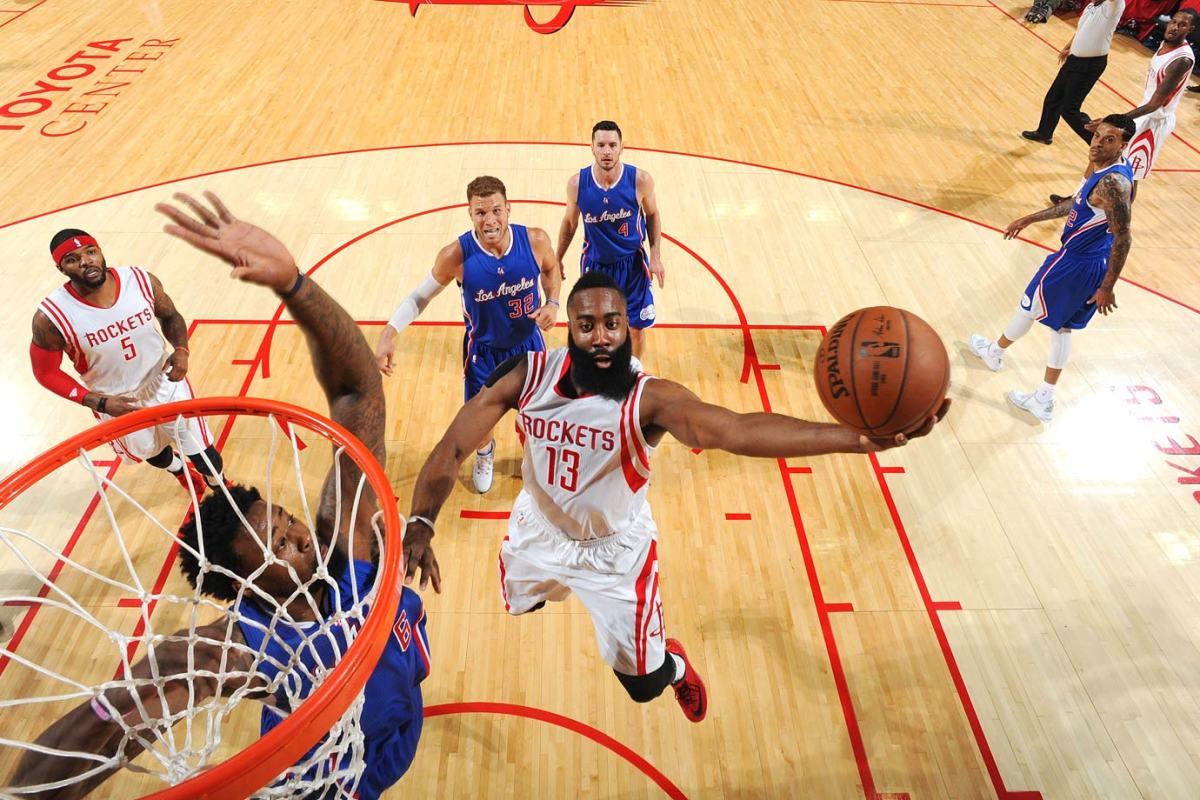
Houston overcame a 19-point third-quarter deficit in Game 6, and James Harden scored 31 points in the Rockets' 113-100 Game 7 victory over the Clippers, sending them to the conference finals for the first time since 1997.
2006 Western Conference Quarterfinals — Phoenix Suns over Los Angeles Lakers
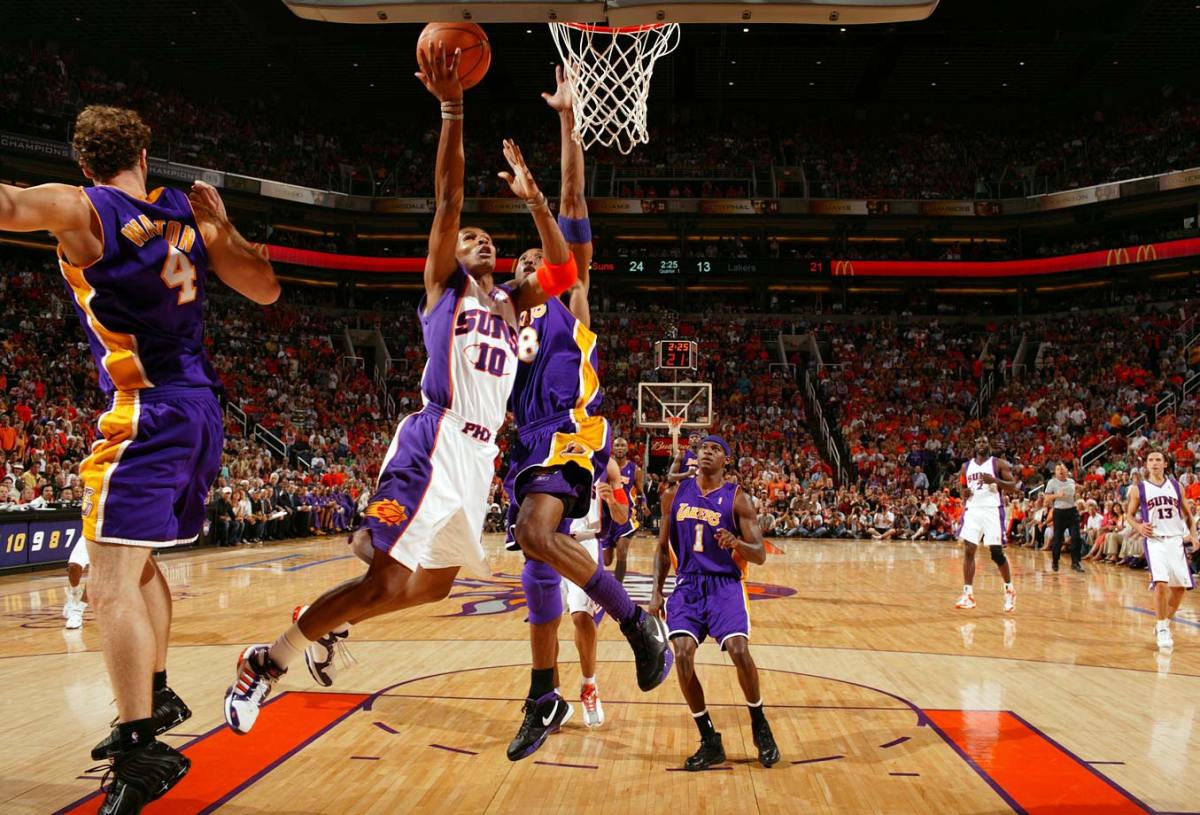
The Suns went from the brink to a blowout, from the edge of elimination to one of the most impressive turnarounds in NBA playoff history. Leandro Barbosa led the way in Game 7, scoring 26 points on 10-of-12 shooting in a 121-90 laugher.
2003 Eastern Conference Quarterfinals — Detroit Pistons over Orlando Magic
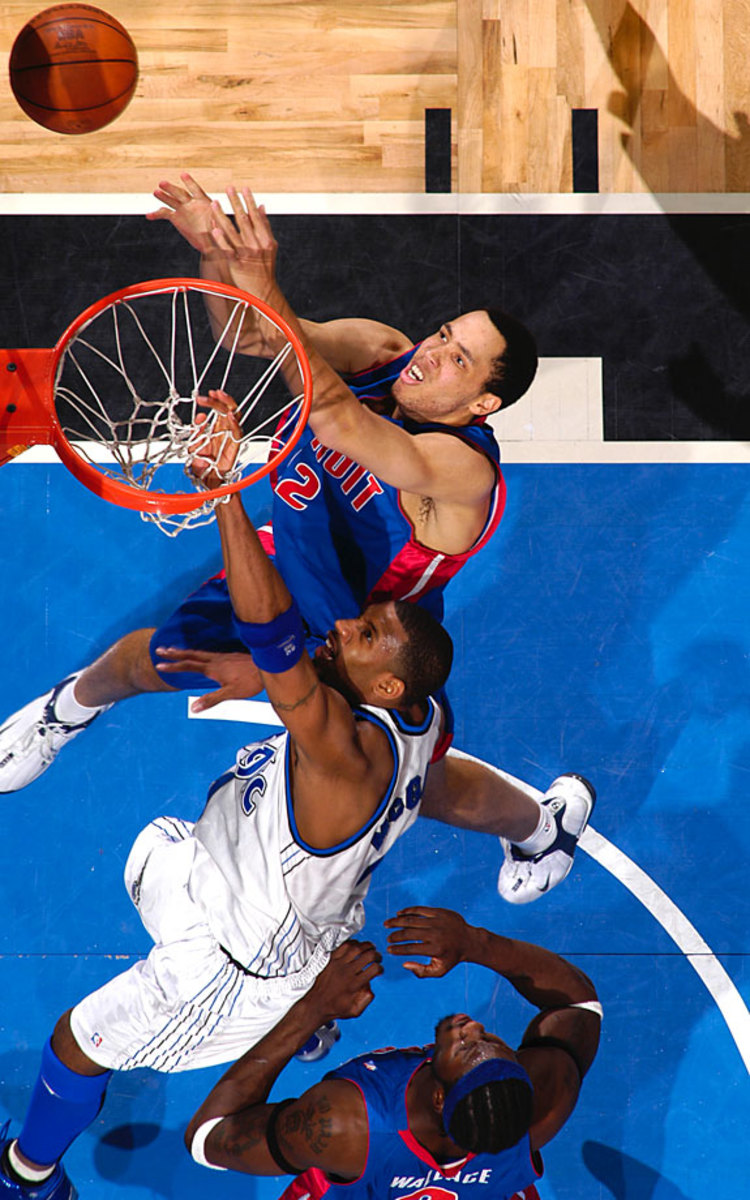
Tayshaun Prince — a seldom-used rookie who average just 10 minutes during the regular season and sat out 40 games — made Tracy McGrady's life difficult through most of the series. Prince had a career-high 20 points while harassing McGrady defensively as Detroit defeated Orlando decisively in Game 7, 108-93.
1997 Eastern Conference Semifinals — Miami Heat over New York Knicks
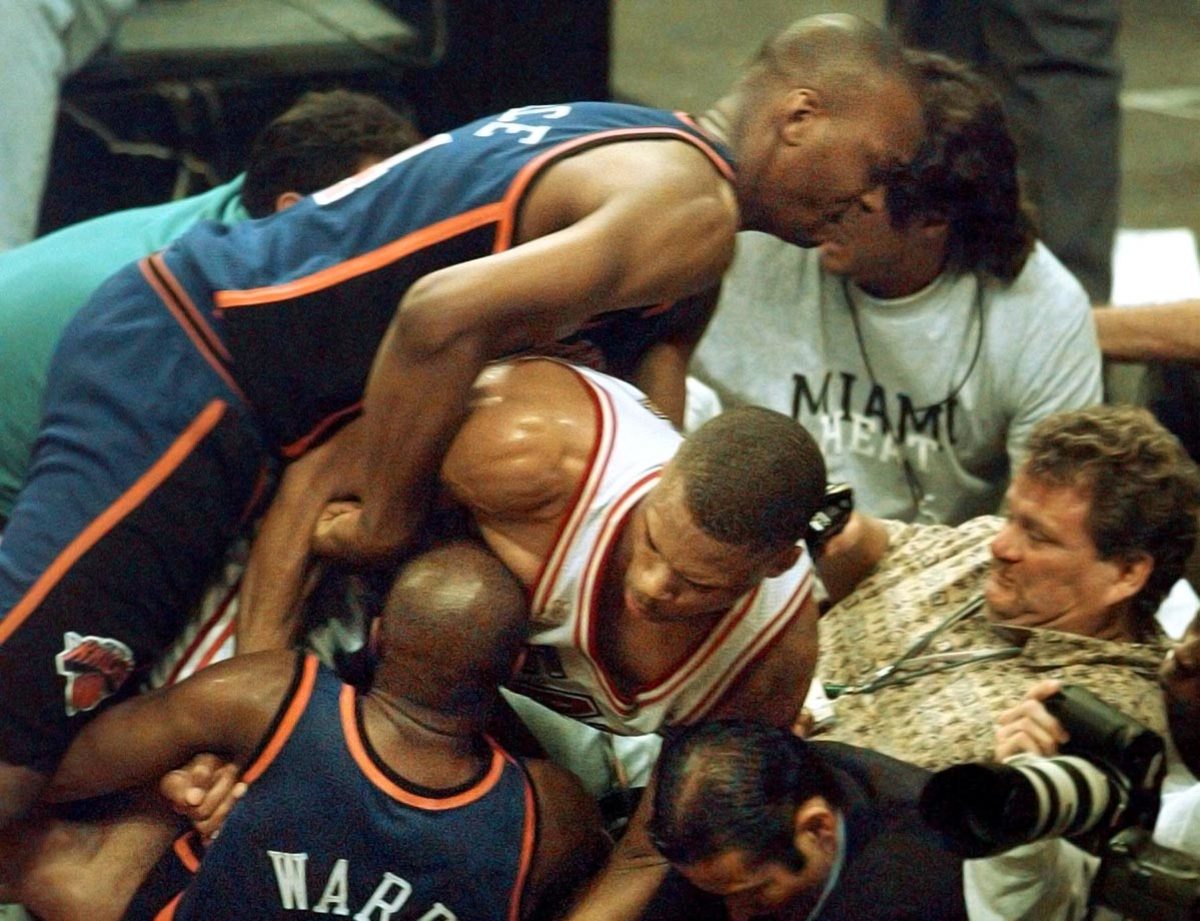
Miami won Game 5 96–81, which was highlighted by a brawl that started when P.J. Brown objected to Charlie Ward's attempt to gain position for a rebound. During the brawl, Patrick Ewing, Allan Houston, Larry Johnson and John Starks left the bench; the league punished them for this by handing out 1-game suspensions spread out over the series' final 2 games. Shorthanded by the suspensions, the Knicks lost Games 6 and 7, 95–90 and 101–90 respectively.
1995 Western Conference Semifinals — Houston Rockets over Phoenix Suns
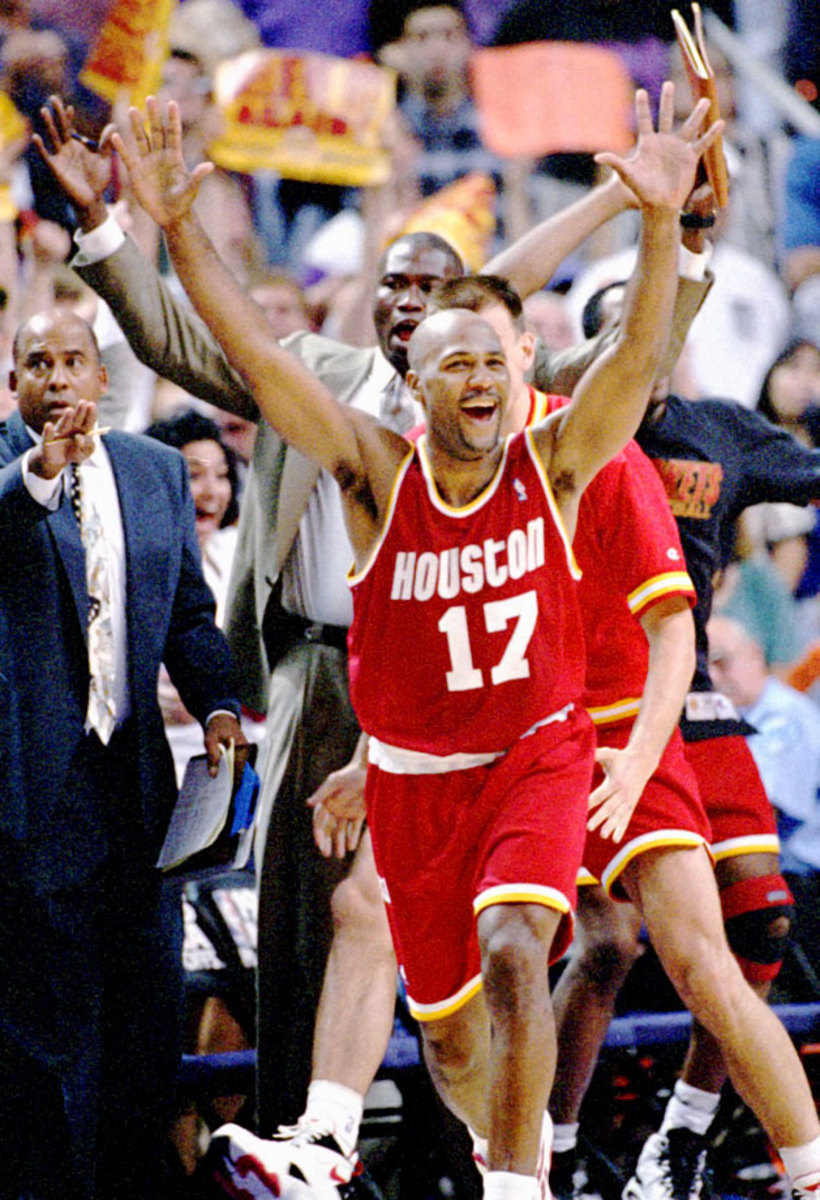
Mario Elie nailed a go-ahead three-pointer from the corner with 7.1 seconds left, known as the "Kiss of Death," as the Rockets won Game 7 115-114 at Phoenix, en route to claiming a second straight NBA title.
1981 Eastern Conference Finals — Boston Celtics over Philadelphia 76ers
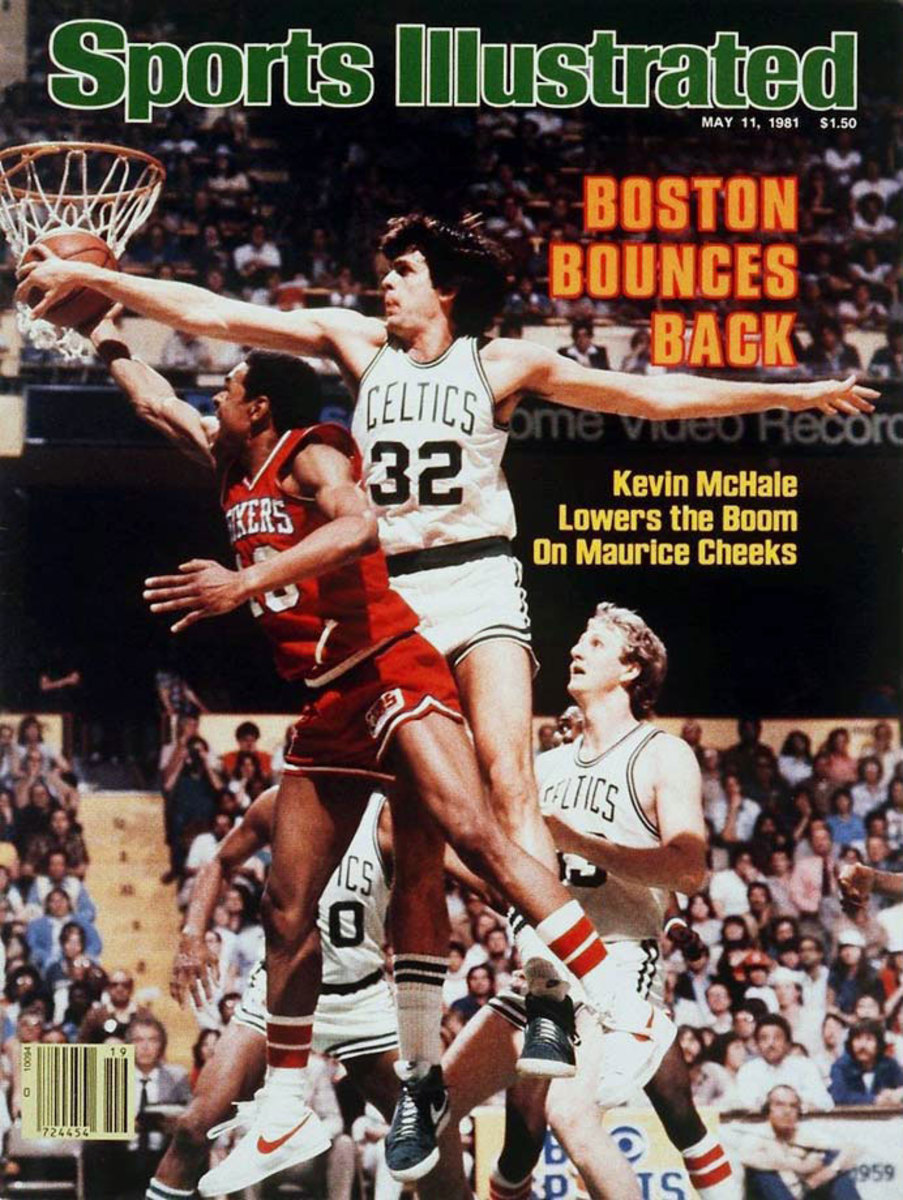
A tight series between two 62-win teams fittingly went down to the wire. Larry Bird hit a go-ahead bank shot in the final minute as the Celtics rallied from a six-point deficit in the final 4:30 to beat Philadelphia 91-90 in Game 7.
1979 Eastern Conference Finals — Washington Bullets over San Antonio Spurs
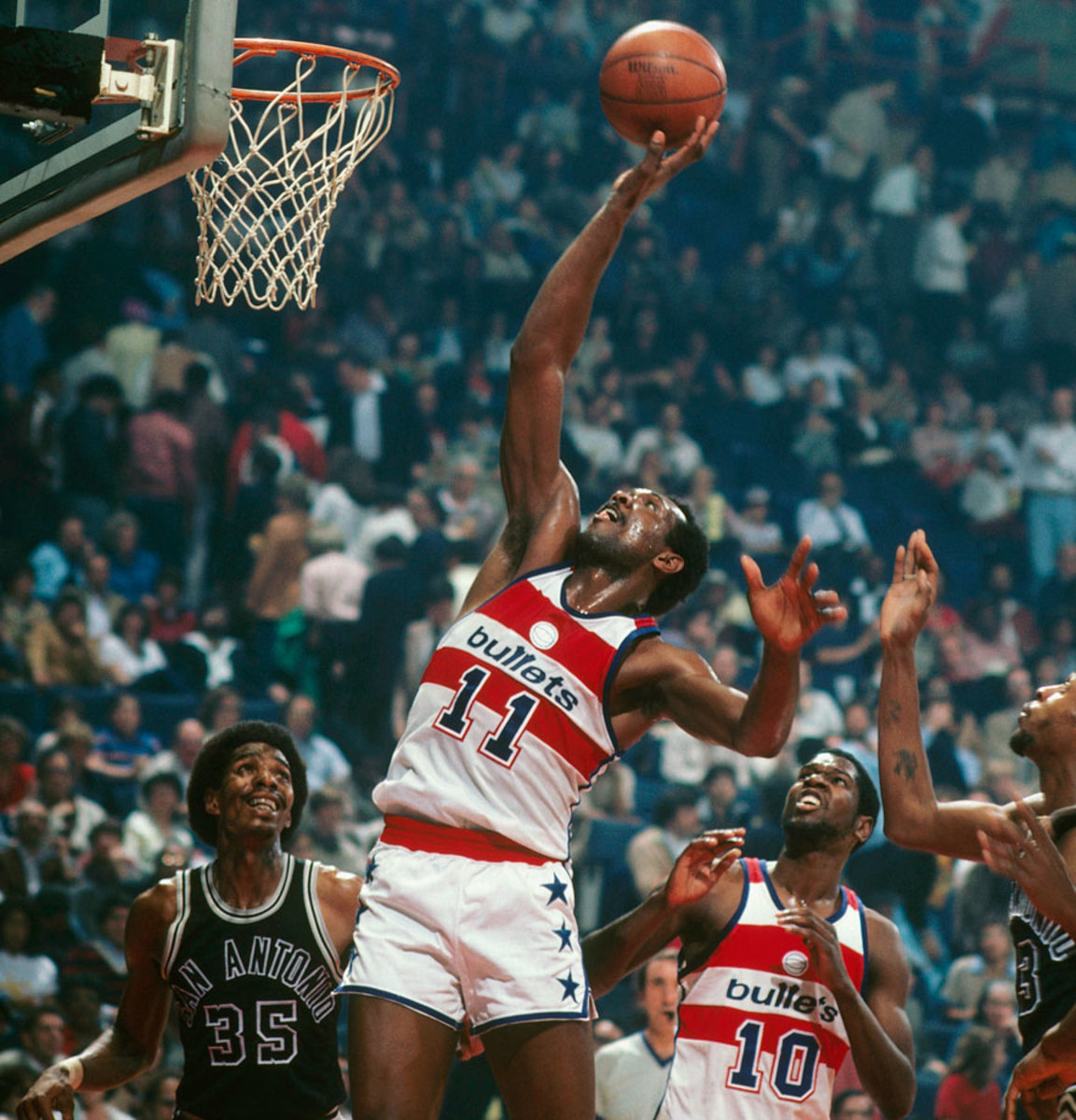
Elvin Hayes averaged 25 points in Games 5-7, and the Spurs suffered a devastating 107-105 loss to the Bullets in the final game of the series. San Antonio was called for seven fouls in the final 3:39 and Washington went on a 10-2 run in the final two minutes.
1970 Western Division Finals — Los Angeles Lakers over Phoenix Suns
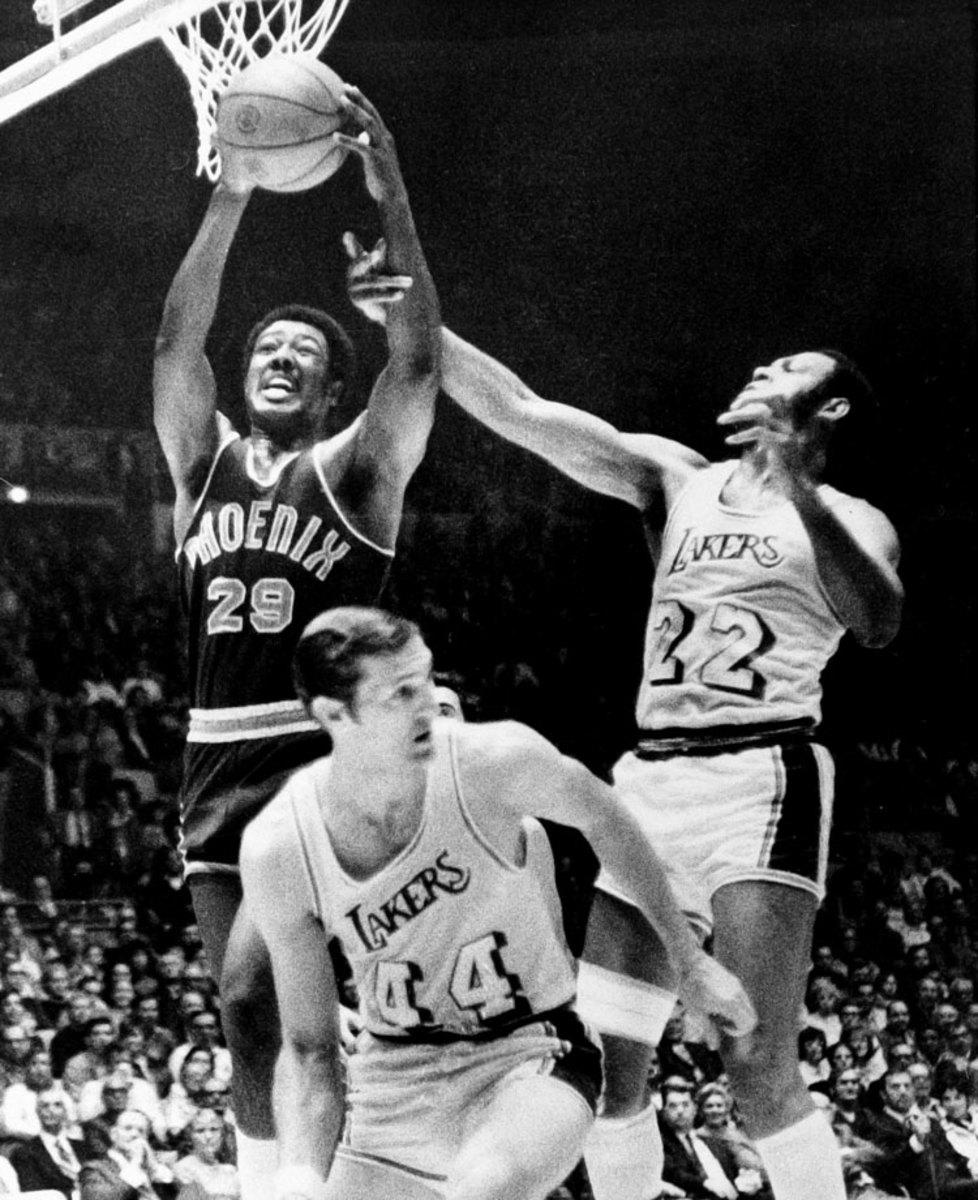
The Lakers rallied to win the final three games by double digits on the backs of Elgin Baylor, Jerry West and Wilt Chamberlain.
1968 Eastern Division Finals — Boston Celtics over Philadelphia 76ers
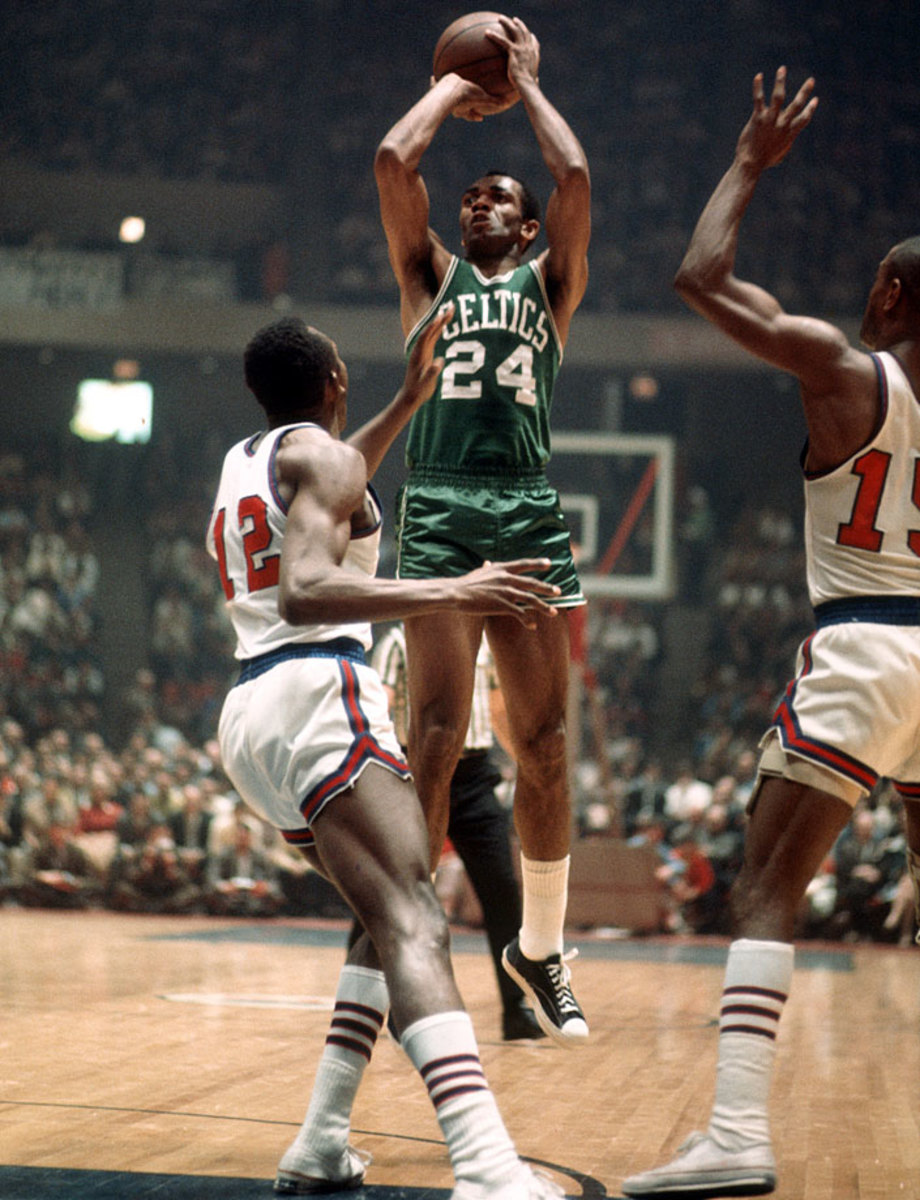
"Mr. Clutch" Sam Jones led the Celtics with 22 points in Game 7 as Boston became the first team in NBA history to comeback from a 3-1 series deficit, defeating the defending champion 76ers.
The Warriors are able to go against the grain of a physical game and still deliver that kind of performance. Such is the difference between them and most everyone else, including the Cavs. Toughness takes many forms. For some it’s imposing defense, overpowering post play, or the rugged pursuit of rebounds. For Golden State it lies in indomitable execution, unyielding to the last.
